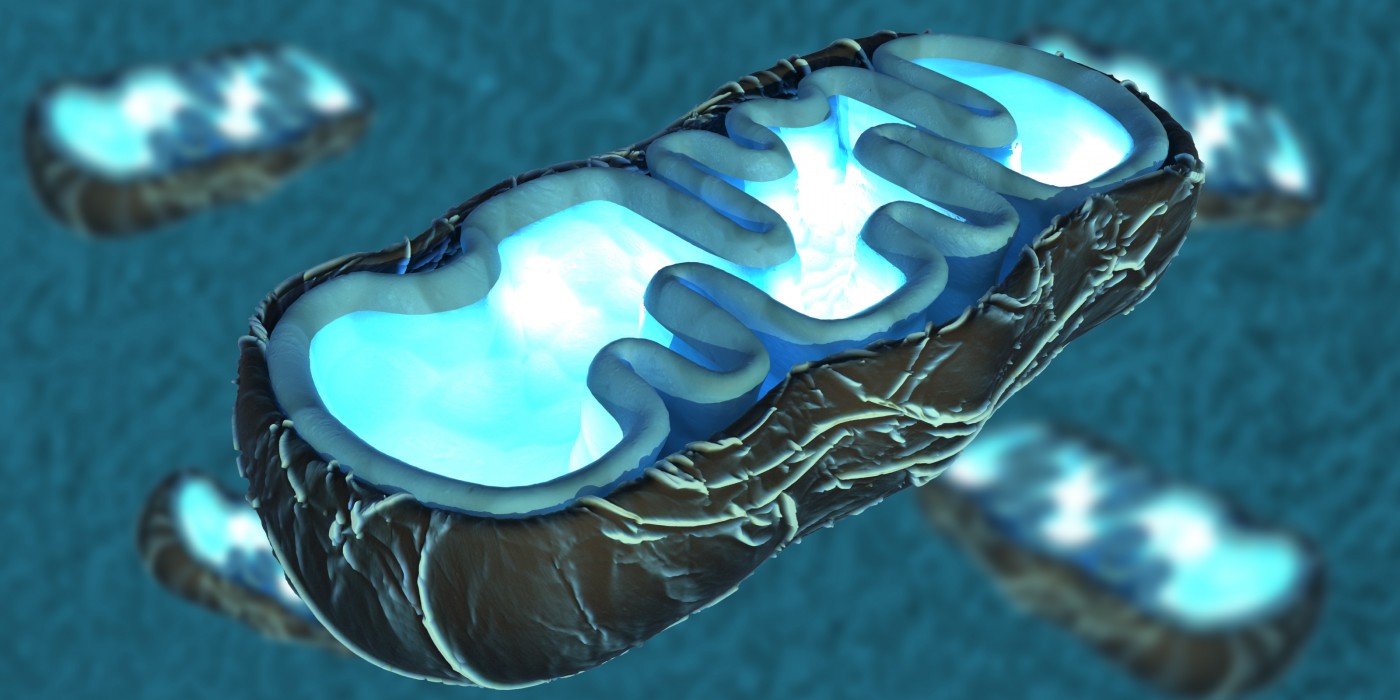Scientists Get a Closer Look at Mitochondria, Revealing Vital Links to Cell Death

Advanced biochemical engineering solutions have aided researchers in obtaining new knowledge about how mitochondria control programmed cell death, a self-destruction mechanism used by damaged or old cells. In the process, researchers also learned something fundamentally new about how mitochondria create energy, partly overturning old assumptions.
The study, “Cristae remodeling causes acidification detected by integrated graphene sensor during mitochondrial outer membrane permeabilization,” was published in the journal Scientific Reports.
In their quest to learn more about programmed cell death, researchers at the University of California, Irvine (UCI), working closely with colleagues at Harvard University and the University of Pennsylvania created a tiny sensor. The sensor, made from a one-atom-thin carbon material known as graphene, was inserted into mitochondria.
Although mitochondria are well-known mostly for their role in energy production, they also work to control the mechanisms that destine a cell to die. Learning the details of such processes may allow scientists to tap into the pathways to kill cancer cells, or preventing excessive cell death in other conditions.
The research team pulled about 10,000 mitochondria from cells, and connected them to graphene sensors through antibodies. Graphene has two unique properties that allowed researchers to gain new insights. First, it can sense electrical currents. This was useful in monitoring the acidity levels outside mitochondria.
Graphene also is optically transparent, allowing researchers to use fluorescent dyes to track changes in voltage across the mitochondrial inner membrane. Mitochondria have both inner and outer membranes, and the measurements revealed that processes occurring in the two membranes are, in fact, linked.
They also discovered something completely new. Up to now, scientists believed only one electrochemical gradient existed in mitochondria. But the team discovered another one existed, working independently of the previously known one. This changes researchers’ understanding of how nutrients are turned into energy in these cellular powerhouses.
Interestingly, the two electrochemical gradients turned out to be linked to programmed cell death, or apoptosis, as researchers prefer to call it. “It shows that there is a relationship between the energy and the apoptosis,” Peter Burke, PhD, professor of electrical engineering & computer science, biomedical engineering, and chemical engineering & materials science at UCI, said in a press release.
Although the findings gave scientists a closer look than previously achieved, the researchers are hopeful to create even better tools for future studies.
“The graphene sensor tells us [a lot], but we need to develop better tools to investigate how cells process these life/death decisions if we’re ever going to eradicate disease. We need to be able to see the inside of these nanoscale structures to really understand them,” said Burke.






